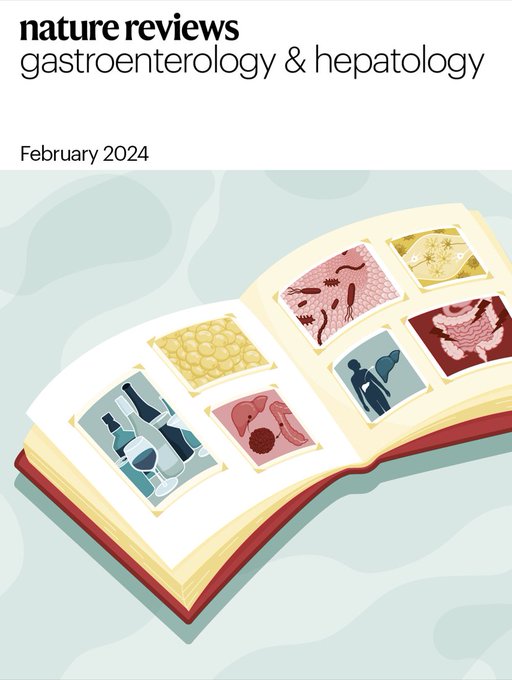迈向人类一生中肝脏多样性的参考细胞图谱。
IF 51
1区 医学
Q1 GASTROENTEROLOGY & HEPATOLOGY
引用次数: 0
摘要
人类肝细胞图谱(HLiCA)的目标是创建一个全面的地图,定义不同肝细胞类型的正常功能及其在人类生命周期中的空间关系。该项目符合人类细胞图谱的目标,即创建所有人类细胞的综合参考图,作为了解人类健康以及诊断、监测和治疗疾病的基础。通过收集来自不同个体的样本,跨技术的数据整合以及克服实验方法中的肝脏特异性挑战,HLiCA将绘制来自所有年龄和许多血统的个体的健康人类肝脏中尽可能多的细胞类型和状态。建立健康肝脏的HLiCA是开始理解疾病扰动的关键一步。HLiCA将在一个开放获取平台上提供,以促进数据共享和传播。我们期望HLiCA的创建将有助于为新的研究计划奠定基础,以推进我们对肝脏疾病的理解,改进组织工程方法,并确定新的预后生物标志物和治疗方法,以改善患者的预后。我们描述了在构建地图集和地图集对疾病研究的潜在影响中需要克服的关键实验和计算挑战。本文章由计算机程序翻译,如有差异,请以英文原文为准。
Towards a reference cell atlas of liver diversity over the human lifespan.
The goal of the Human Liver Cell Atlas (HLiCA) is to create a comprehensive map that defines the normal functions of diverse liver cell types and their spatial relationships over the human lifespan. This project fits within the goals of the Human Cell Atlas to create comprehensive reference maps of all human cells as a basis for both understanding human health and diagnosing, monitoring and treating disease. Through collection of samples from diverse individuals, data integration across technologies and overcoming liver-specific challenges for experimental methods, the HLiCA will map as many cell types and states as possible in healthy human livers from individuals across all ages and many ancestries. Establishing this HLiCA of healthy livers is a critical step to begin to understand perturbations in disease. The HLiCA will be available on an open-access platform to facilitate data sharing and dissemination. We expect that creation of the HLiCA will help to lay the foundation for new research initiatives to advance our understanding of liver disease, improve methods of tissue engineering, and identify novel prognostic biomarkers and therapies to improve patient outcomes. We describe key experimental and computational challenges to overcome in building the atlas and the potential impact of the atlas on disease research.
求助全文
通过发布文献求助,成功后即可免费获取论文全文。
去求助
来源期刊
CiteScore
52.30
自引率
0.60%
发文量
147
审稿时长
6-12 weeks
期刊介绍:
Nature Reviews Gastroenterology & Hepatology aims to serve as the leading resource for Reviews and commentaries within the scientific and medical communities it caters to. The journal strives to maintain authority, accessibility, and clarity in its published articles, which are complemented by easily understandable figures, tables, and other display items. Dedicated to providing exceptional service to authors, referees, and readers, the editorial team works diligently to maximize the usefulness and impact of each publication.
The journal encompasses a wide range of content types, including Research Highlights, News & Views, Comments, Reviews, Perspectives, and Consensus Statements, all pertinent to gastroenterologists and hepatologists. With its broad scope, Nature Reviews Gastroenterology & Hepatology ensures that its articles reach a diverse audience, aiming for the widest possible dissemination of valuable information.
Nature Reviews Gastroenterology & Hepatology is part of the Nature Reviews portfolio of journals.

 求助内容:
求助内容: 应助结果提醒方式:
应助结果提醒方式:


